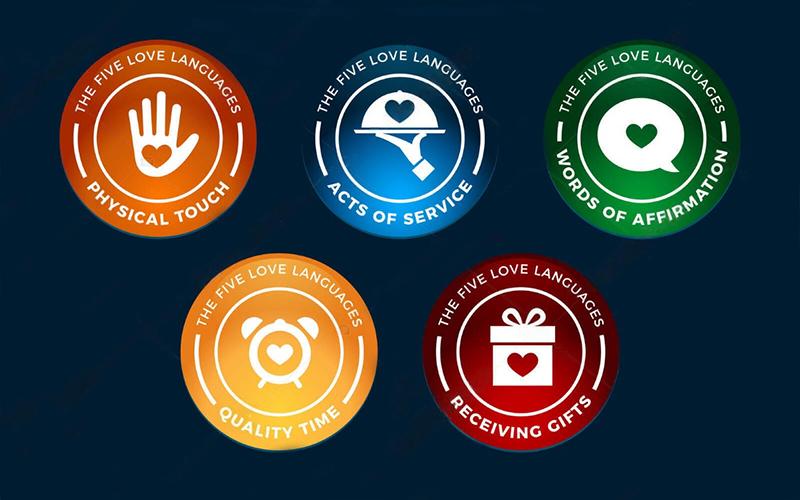Understanding Love Languages: The Key to Deeper Connections
Love languages refer to the unique ways individuals express and interpret love in their relationships. The concept, introduced by Dr. Gary Chapman in his popular book, The Five Love Languages, has helped millions of people improve their relationships by recognizing that love can be communicated in various ways. The five love languages – Acts of Service, Physical Touch, Words of Affirmation, Quality Time, and Gifts – provide a framework for understanding how we and our partners prefer to give and receive love.
Taking a love languages test can help you understand which of these languages resonates with you most and offers valuable insights into your relationship patterns. Whether you’ve been in a relationship for years or are just starting out, knowing your love language and your partner’s can be an essential step toward deepening your connection.
The Five Love Languages
Let’s explore each of the five love languages in detail to better understand how they shape relationships.
1. Acts of Service
People who prefer Acts of Service express love by doing things for their partner, such as completing chores, running errands, or offering a helping hand. These individuals show love through practical actions that make life easier for their loved ones. If your partner’s love language is Acts of Service, simple gestures like making them a meal or helping with tasks can speak volumes.
2. Physical Touch
For some, love is best communicated through physical affection. Hugging, holding hands, or simply sitting close to a partner are ways those who prefer Physical Touch connect emotionally. This love language emphasizes the importance of physical closeness and non-verbal communication. A gentle touch or an affectionate gesture can make someone with this love language feel deeply loved and appreciated.
3. Words of Affirmation
Words hold great power for those whose love language is Words of Affirmation. Compliments, verbal encouragement, and expressions of gratitude are all ways these individuals feel loved. A heartfelt "I love you" or words of appreciation can make a significant impact. People who resonate with this love language need to hear their partner express love through kind, affirming words.
4. Quality Time
For some, spending uninterrupted, meaningful time together is the ultimate expression of love. People who prioritize Quality Time value focused attention, shared experiences, and deep conversations. To them, it’s not about what they’re doing but rather the act of being fully present with their partner. If this is your partner’s love language, dedicating time to meaningful interactions can help strengthen your bond.
5. Gifts
Gift-giving is more than a material exchange for those whose love language is Gifts. The thought and intention behind a present matter most. People with this love language see gifts as a symbol of love and appreciation. Whether it’s a small, thoughtful gesture or an extravagant surprise, the act of giving is what makes them feel cherished and valued.
How Understanding Love Languages Improves Relationships
Understanding your love language and your partner’s can lead to stronger communication and a deeper emotional connection. Many relationship challenges stem from partners not recognizing how the other expresses love. For example, one partner might feel neglected if their love language is Quality Time, while the other believes they’re showing love through Acts of Service. Learning each other’s love languages can help bridge these gaps.
When both partners are aware of their love languages, they can make conscious efforts to show love in ways that resonate with their partner. This mutual understanding reduces miscommunication, enhances emotional intimacy, and helps both partners feel appreciated and fulfilled in the relationship.
Love Languages in Different Relationships
While love languages are most commonly discussed in romantic relationships, they can also apply to other types of relationships, such as friendships, family connections, and even workplace interactions. For instance, a close friend who values Words of Affirmation might feel deeply connected when you regularly offer verbal encouragement, while a sibling who prefers Acts of Service might appreciate practical help when they’re going through a tough time.
Recognizing love languages in various relationships allows you to build deeper connections with the people who matter to you, making interactions more fulfilling and harmonious.
Conclusion
Understanding your love language is an essential step toward a more meaningful and fulfilling relationship. Whether you express love through Acts of Service, Physical Touch, Words of Affirmation, Quality Time, or Gifts, knowing how to give and receive love can strengthen the emotional bond you share with your partner. Taking the love languages test can provide valuable insights into your relationship dynamics, helping you navigate love with greater empathy and understanding.



